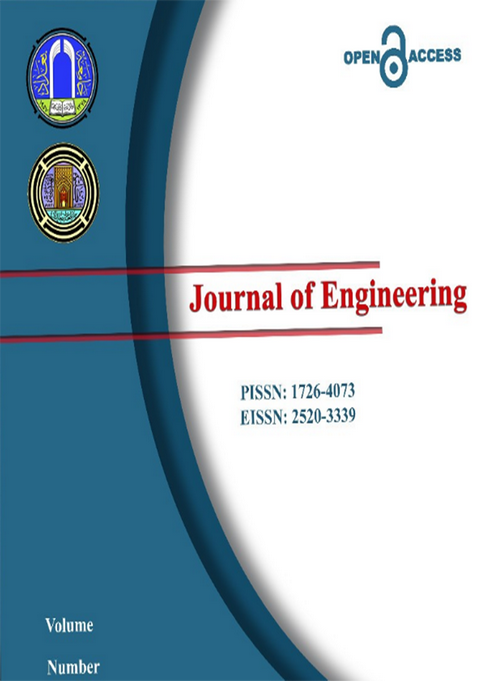Abstract
The study explores the capabilities of a smart antenna array known as the Switched Active Switched Parasitic Antenna (SASPA) to create a directive and electronically steerable radiation pattern. The SASPA array consists of antenna elements that can switch between active and parasitic states using P-Intrinsic-N (PIN) diodes. This allows for a directional radiation pattern with high gain and a small beamwidth, achieved with only one active element at a time. By sequentially changing the parasitic state to the active state for all elements, the directed radiation pattern can be easily rotated. The study uses a uniform circular array (UCA) structure to achieve symmetrical radiation patterns and full coverage of the entire azimuth plane. Additionally, a novel method for reducing the mutual coupling effect in SASPA arrays is proposed, which helps control some parameters of the generated radiation pattern. The simulated results show that an N-element SASPA-UCA produces N-symmetrical, switchable, and steerable radiation patterns with high gain, small beamwidth, and a high Front-to-Back (F/B) ratio. Further improvements in these parameters can be achieved by increasing the number of elements in the array.
Keywords
Directive Radiation Pattern
SASPA
Steerable Radiation Pattern
Uca
